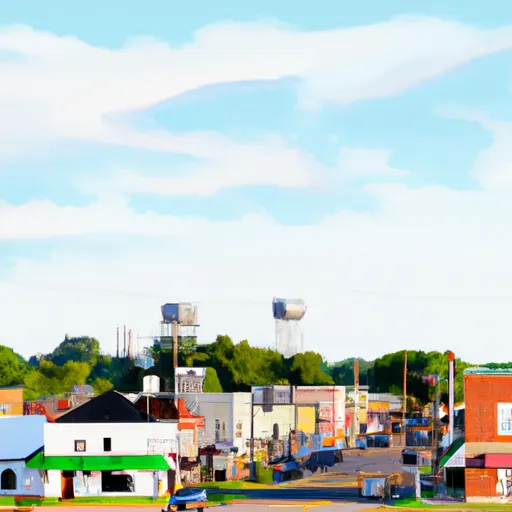°F
°F
mph
Windspeed
%
Humidity











Walnut-Grove, Mississippi, is a charming town located in Leake County. Known for its picturesque landscapes and friendly community, it offers a unique outdoor experience. The climate in Walnut-Grove is generally mild, with hot and humid summers and mild winters. The area receives an average annual rainfall of around 52 inches, providing ample water resources for outdoor activities.
The town is blessed with numerous hydrology constituents, including several freshwater lakes and streams. One of the prominent bodies of water is Lake Dockery, which offers great fishing opportunities for bass, catfish, and crappie enthusiasts. Additionally, the nearby Okatibbee Lake provides a scenic environment for boating, swimming, and camping.
Outdoor recreation opportunities in Walnut-Grove are abundant. The town boasts several beautiful parks and nature preserves, such as the Bienville National Forest and the LeFleur's Bluff State Park. These areas offer various activities like hiking, birdwatching, and picnicking. Walnut-Grove is also a gateway to the Mississippi Band of Choctaw Indians Reservation, where visitors can experience Native American culture and enjoy traditional dances and crafts.
In conclusion, Walnut-Grove, Mississippi, is a vibrant town with a welcoming community, a mild climate, and rich hydrology constituents. The area's lakes, streams, and parks provide a plethora of outdoor recreation opportunities for nature lovers and adventure seekers alike.
Weather Forecast
Walnut-Grove receives approximately 1491mm of rain per year, with humidity levels near 84% and air temperatures averaging around 18°C. Walnut-Grove has a plant hardyness factor of 8, meaning plants and agriculture in this region tend to thrive here all year round.
Regional Streamflow Levels
674
Cubic Feet Per Second
164
Cubic Feet Per Second
1,470
Cubic Feet Per Second
960
Cubic Feet Per Second
Nearby Camping
| Camping Area | Reservations | Toilets | Showers |
|---|---|---|---|
| Paul B Johnson State Park | |||
| Lake Ross Barnett | |||
| Lake Walker Military - Camp Shelby | |||
| Shockaloe Base Camp I | |||
| Marathon Lake | |||
| Big Creek Waterpark |



